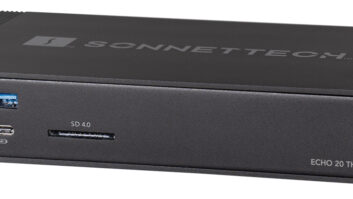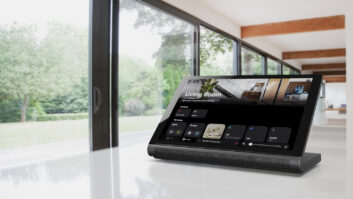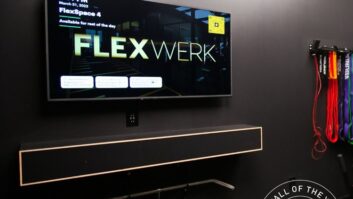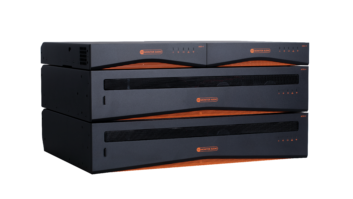Last weekend we were on a final install for a client. They had done a major upgrade on their system to enable streaming media. Essentially, they spent $15,000 so they could use a $99 Apple TV, but it was about time to upgrade the system anyway so now they have much more functionality and easier use than they ever did. That $99 box, however, cost us more than 4.5 hours during the installation. It all boiled down to a networking issue.
We were doing only the AV work on this particular system, as the client had another networking professional that had installed and configured the network previously. We have a hard and fast rule: we do not mess with someone else’s gear. I get very frustrated when another professional comes in and messes with my rack (say a security installer or a network integrator) so I make it a point not to mess around with anyone else’s equipment or configurations. Plus, I don’t want us to be blamed if we try to change something, and it ends up causing other issues that were unforeseen.

Photo: ThinkStock
When we finished installing all of the new media switching gear and HDMI cables, we fired up the TV and the Apple TV and got the screen with just the “Computers” and “Settings.” The Apple TV wasn’t online and couldn’t get an IP address. Since it was a weekend and no distributors or manufacturers would be open, we had come prepared. Not only did I have a selection of HDMI cables, ethernet cables, Cresnet, and speakers (think of the upsell possibilities if you can get another room or two of audio done while onsite) but I also had an extra Apple TV.
The first thing we tried was swapping Apple TVs, but that didn’t help. After changing out Ethernet cables, trying different ports on the switch and doing everything else I could think of, my best guess was that since it was an enterprise router from Pakedge (the R10, co-branded with Fortinet) and the Apple TV is a residential device, it was possible that the UPnP wasn’t enabled in the router and the Apple TV couldn’t get past the router. My third-party programmer insisted that couldn’t be the problem, and that it had to be something else. But, since we weren’t accessing the network, there was no way to know.
We were in a bind. It was the weekend, so no technical support was available, and we could not get in touch with the network engineer who installed and configured this network. I finally reached out to some contacts at Pakedge, and they got in touch with someone who was willing to help remotely from his home. He quickly confirmed it was a UPnP issue, and he configured the router appropriately. It wasn’t as simple as activating a setting; ports had to be forwarded and configured, and that conflicted with other settings that had to be changed. We were very fortunate Pakedge has such a great customer service culture that people are willing to help out a dealer in the field on their own time.
After a very long and frustrating day, we had everything up and running by the time the client came to the house on Sunday morning, and he was very pleased with the end result. And that is the most important thing—a happy client.
So what are the key lessons learned?
- Always come prepared! If I hadn’t had a second Apple TV, I would have wasted another hour or more on top of the 4.5 we wasted running out to the nearest Best Buy 20 miles away to buy another one.
- Never charge customers for your own problems. They don’t pay you to learn. This was our responsibility to get right, even though it was out of our control to some extent.
- Ensure you have contacts and friends in the industry. Without my contacts at Pakedge, we would have been up a creek without a paddle because we couldn’t get in touch with the networking pro that installed the network.
- Our manufacturing partners should have support over the weekends. That’s when customers are home and issues crop up. We provide our customers 24/7 support because that is the nature of the service economy in which we live. Our manufacturing partners need to realize that this is the way the world works and support their dealers accordingly.
+Todd Anthony Puma is president of The Source Home Theater Installation in New York City.








